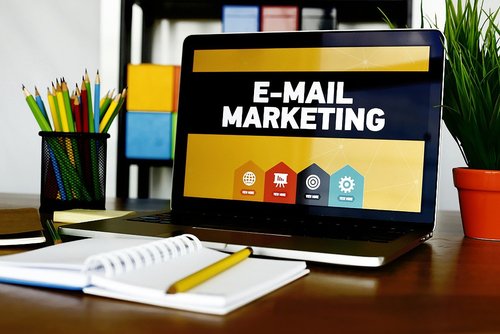Each type of lead represents a different stage in the buyer's journey, and recognizing these distinctions can enhance your connected TV advertising, OTT advertising, and performance marketing strategies. Now, let’s discuss the difference between MQLs vs SQLs vs SALs.
Understanding MQLs, SQLs, and SALs
Marketing Qualified Leads (MQLs)
Definition:
MQLs are leads that have shown interest in your product or service through marketing efforts but have not yet been vetted by the sales team.
Characteristics:
- Engagement: MQLs often engage with content such as blog posts, webinars, and whitepapers.
- Behavioral Indicators: They may download eBooks, subscribe to newsletters, or fill out contact forms.
- Scoring: These leads are scored based on their engagement level and the information they provide.
Role in the Sales Funnel: MQLs are at the top or middle of the funnel, indicating potential interest but not yet ready for direct sales interaction.
Sales Qualified Leads (SQLs)
Definition:
SQLs are leads that have been vetted and deemed ready for direct sales engagement.
Characteristics:
- Explicit Interest: SQLs demonstrate a clear interest in purchasing, often through direct inquiries or high-intent actions.
- Qualifying Criteria: They meet specific criteria set by the sales team, such as budget, authority, need, and timeline (BANT).
- Sales Engagement: These leads are typically engaged by sales representatives for direct selling.
Role in the Sales Funnel: SQLs are at the bottom of the funnel, indicating they are ready for a sales pitch or proposal.
Sales Accepted Leads (SALs)
Definition:
SALs are leads that have been accepted by the sales team for further action.
Characteristics:
- Transition Stage: SALs bridge the gap between MQLs and SQLs, indicating a lead that has been reviewed and accepted by sales.
- Verification: The sales team verifies these leads' potential and readiness before full engagement.
- Collaboration: Marketing and sales teams collaborate to ensure smooth handoff and follow-up.
Role in the Sales Funnel: SALs represent a critical transition point, ensuring that qualified leads are effectively moved from marketing to sales.
Key Differences: MQLs vs SQLs vs SALs
Qualification Criteria
- MQLs:
- Based on marketing interactions and engagement.
- Often use lead scoring models to assess readiness.
- SQLs:
- Evaluated based on explicit interest and sales-readiness.
- Meet specific criteria such as BANT.
- SALs:
- Reviewed and accepted by sales.
- Serve as a checkpoint for lead quality and readiness.
Interaction and Engagement
- MQLs:
- Engaged through marketing content and campaigns.
- Require nurturing to move further down the funnel.
- SQLs:
- Engage directly with sales representatives.
- Involved in discussions, demos, and negotiations.
- SALs:
- Transition smoothly from marketing to sales.
- Sales team validates and plans next steps.
Role in Demand Generation
MQLs:
- Play a significant role in demand generation through content marketing and lead nurturing.
- Critical for building initial interest and engagement.
SQLs:
- Essential for converting interest into actual sales.
- Focus on closing deals and achieving revenue targets.
SALs:
- Ensure seamless transition and communication between marketing and sales.
- Crucial for maintaining lead quality and alignment.
Best Practices for Managing MQLs, SQLs, and SALs
Effective Lead Scoring
- Develop a robust lead scoring system to differentiate MQLs from other leads.
- Use data-driven metrics to assess engagement and readiness.
Alignment Between Marketing and Sales
- Foster collaboration between marketing and sales teams.
- Establish clear criteria and processes for lead handoff.
Regular Review and Optimization
- Continuously review and refine lead qualification criteria.
- Use analytics to identify areas for improvement and optimize the sales funnel.
Enhancing Connected TV Advertising with Lead Management
In the context of connected TV advertising and OTT advertising, understanding the nuances between MQLs, SQLs, and SALs is vital. By effectively managing these leads, advertisers can improve performance marketing efforts and drive better demand generation outcomes.
Connected TV Advertising Strategies:
- Use data insights to target MQLs with personalized content.
- Employ programmatic advertising to reach SQLs with high-intent messages.
- Ensure SALs are followed up with timely and relevant sales interactions.
Conclusion
Recognizing the key differences between MQLs, SQLs, and SALs is essential for optimizing your digital marketing and advertising strategies.
By effectively managing and nurturing each type of lead, you can enhance your connected TV advertising efforts, improve performance marketing outcomes, and drive successful demand generation campaigns.
Understanding and leveraging these distinctions will enable your team to navigate the complexities of the sales funnel with greater precision and efficiency.







